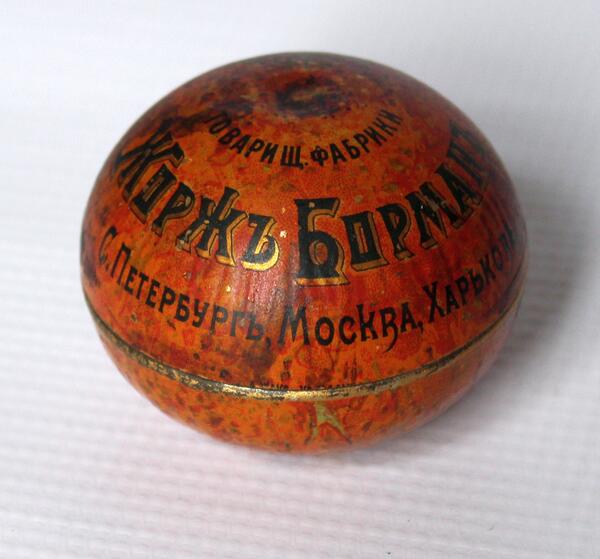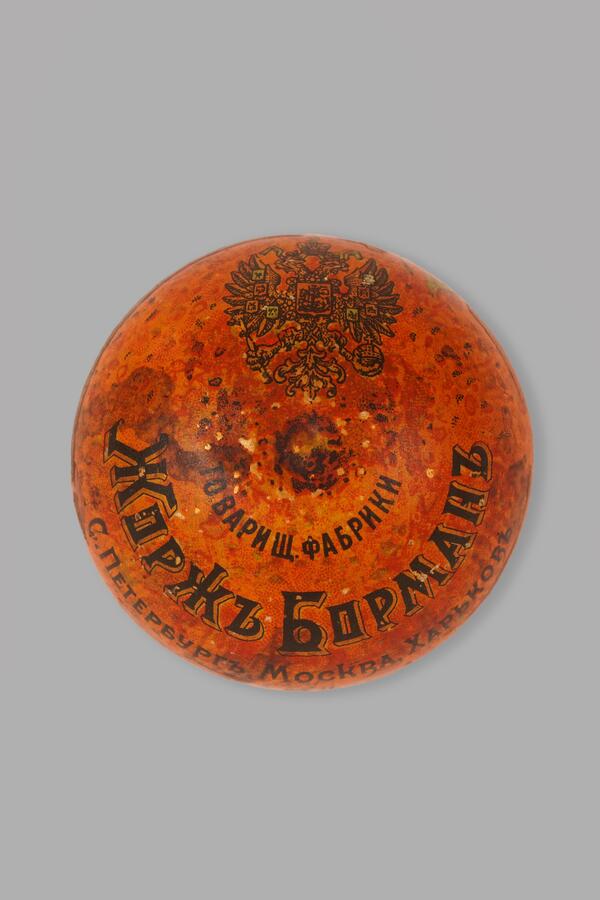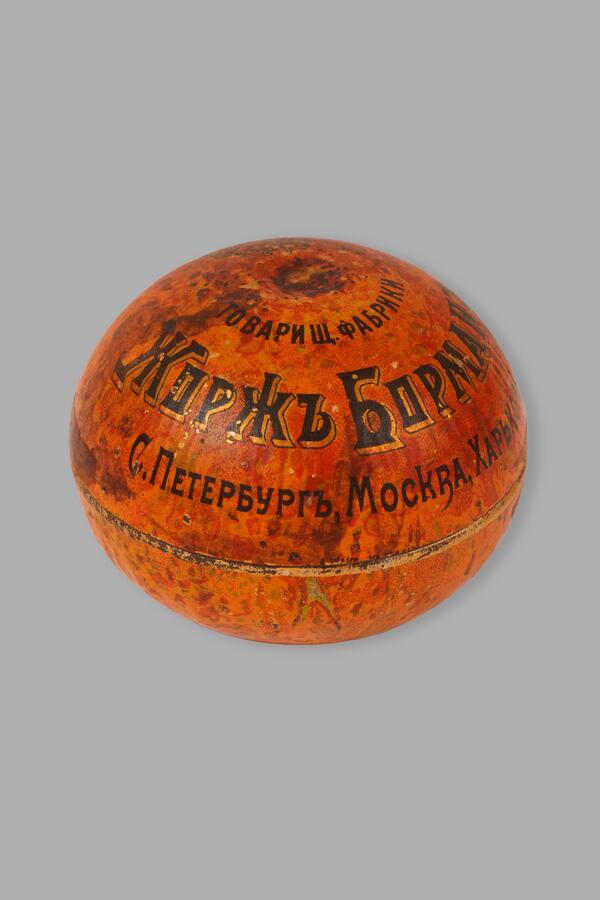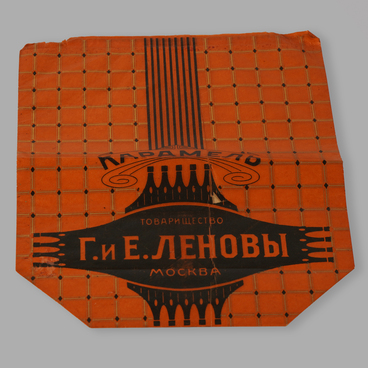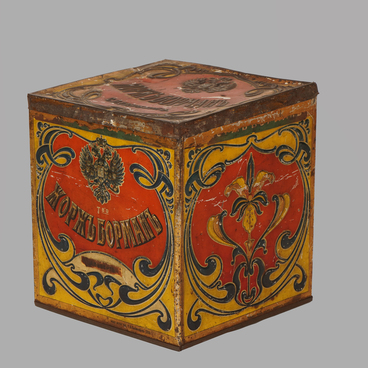Georges Bormann’s confectionery company was one of the largest in the Russian Empire. Its founder Grigory (Georges) Nikolaevich Bormann studied at the Faculty of Natural Sciences at Saint Petersburg University and was to devote his life to pharmaceuticals. However, his plans changed dramatically. As a student, he began working in a small confectionery on Nevsky Prospekt. He gradually expanded the product assortment and modernized production. A manual chocolate-making machine was put right on the counter. The aroma of chocolate wafting through the doors and the opportunity to watch the cooking process attracted visitors.
In 1866, Bormann bought a building for a chocolate factory on Angliyskiy Avenue. Realizing that manual labor was obsolete, he preferred technical innovations. Bormann expected his workers to be professional as well as firmly adhere to sanitary standards or they would be fired otherwise. The confectioner was also strict about the quality of raw materials. His flyers claimed that only cocoa, sugar, vanilla and “no other ingredients” were used to make chocolate in his company.
At the Bormann factory there were shops for the production of chocolate, marmalade, and hard candies, but the chocolate shop was the most famous branch of the business.
Soon the company opened wholesale warehouses in Moscow and Riga. From the regular Nizhny Novgorod fair, products were distributed throughout the country. In 1893, Georgy Bormann, who later inherited the business, joined his father. For the company it was the beginning of the golden age. Grigory Nikolaevich and Georgy Grigoryevich organized the Georges Bormann Partnership and were among the first in Russia to register their trademark — a round red seal with the letters “ЖБ”. They established a factory, warehouse and shop in Kharkov since it turned out that it was more profitable to purchase fruit and berries there.
The company’s assortment was constantly expanding. The factory had cocoa processing machines, hydraulic presses, melangeurs, vacuum machines and refrigeration units. A special rotating cauldron was used to prepare a rare French dragee with fruit and sugar glaze.
Almost everything was mechanized, right down to the process of peeling apples. However, sweets were packed and gifts (for example, origami sets) were put into gift boxes exclusively by hand. Elite buyers could enjoy fresh candies that were prepared and delivered to the shops directly on the day of sale.
The partnership received many top awards, including the prizes at exhibitions in Paris and Chicago. In 1876, the “Georges Bormann” company became the Supplier of the Court of His Imperial Majesty.
In 1866, Bormann bought a building for a chocolate factory on Angliyskiy Avenue. Realizing that manual labor was obsolete, he preferred technical innovations. Bormann expected his workers to be professional as well as firmly adhere to sanitary standards or they would be fired otherwise. The confectioner was also strict about the quality of raw materials. His flyers claimed that only cocoa, sugar, vanilla and “no other ingredients” were used to make chocolate in his company.
At the Bormann factory there were shops for the production of chocolate, marmalade, and hard candies, but the chocolate shop was the most famous branch of the business.
Soon the company opened wholesale warehouses in Moscow and Riga. From the regular Nizhny Novgorod fair, products were distributed throughout the country. In 1893, Georgy Bormann, who later inherited the business, joined his father. For the company it was the beginning of the golden age. Grigory Nikolaevich and Georgy Grigoryevich organized the Georges Bormann Partnership and were among the first in Russia to register their trademark — a round red seal with the letters “ЖБ”. They established a factory, warehouse and shop in Kharkov since it turned out that it was more profitable to purchase fruit and berries there.
The company’s assortment was constantly expanding. The factory had cocoa processing machines, hydraulic presses, melangeurs, vacuum machines and refrigeration units. A special rotating cauldron was used to prepare a rare French dragee with fruit and sugar glaze.
Almost everything was mechanized, right down to the process of peeling apples. However, sweets were packed and gifts (for example, origami sets) were put into gift boxes exclusively by hand. Elite buyers could enjoy fresh candies that were prepared and delivered to the shops directly on the day of sale.
The partnership received many top awards, including the prizes at exhibitions in Paris and Chicago. In 1876, the “Georges Bormann” company became the Supplier of the Court of His Imperial Majesty.

